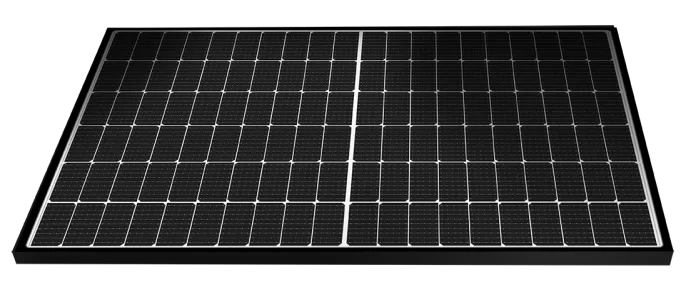The progress of PV cell and module technology has been driven by both how much power they can produce and how much they cost. And while n-type technologies like heterojunction (HJT) have shown superior energy yields and conversion efficiencies for a long time, lower-cost technologies like p-type passivated emitter rear contact (PERC) have been able to achieve high performance at a much lower cost structure.
In 2022, PERC will still be the most common type of PV technology. With monocrystalline PERC cells and larger wafer sizes, half-cut cells, high density layouts, and multibusbar cell interconnections have led to high power outputs and module outputs of 400 W to 500 W and even more.
But because PERC cells are getting close to their theoretical maximum efficiency of 24.5%, manufacturers have started using tunnel oxide passivated contact (TOPCon) and HJT technology on n-type wafers. And if costs can be brought down, especially when it comes to the amount of silver used for cell metallization, 2022 could be seen as the start of a major technological shift in the solar industry.
Molly Morgan, a senior research analyst at Exawatt in the UK, says that 2022 has been a very interesting year. “Because the efficiency gains of mono PERC are slowing down, it’s exciting to see many manufacturers adopting n-type technologies, which is reflected in the number of n-type modules on the market.”
Records break
Manufacturers were setting records for how well n-type technology worked even before the year 2022 began. In August 2021, Chinese HJT maker Huasun announced that it had reached a cell efficiency of 25.26% on an M6 format (166mm) cell, which was the same as the world record. When a cell’s efficiency goes above 25%, it blows away what p-type PERC can do and is a big deal for the industry.
Notably, the production processes that Huasun is developing, along with its production equipment partner Maxwell, represents a departure from the processes that had been used by early developers of the technology, like Panasonic and Sanyo before it.
“Huasun uses microcrystalline and nanocrystalline layers, multiple layers, and a two-layer TCO,” said George Touloupas, the director of technology at quality assurance provider Clean Energy Associates (CEA). “Amorphous silicon absorbs a lot of light. That is why HJT efficiency is on a par with TOPCon today, although it has very high voltage, as it always had high light absorption issues that reduce current. That is one of the major things Huasun is trying to improve now.”
In June, Chinese monocrystalline ingot and wafer giant Longi topped Huasun’s HJT record, hitting 26.5% on an M6 wafe.While it appears that Longi’s first step to n-type production will be upgrading at least some of its PERC lines to TOPCon, it may well still adopt HJT in the near future, and is clearly putting considerable R&D resources into the cell technology.
Notably, HJT capacity is being established outside of China. Re-emerging European PV producers are also pursuing HJT, with Meyer Burger and Enel Green Power leading the way. Singaporean manufacturer REC has one of the longest track records in HJT production among this second wave of producers in its award-winning Alpha series.





